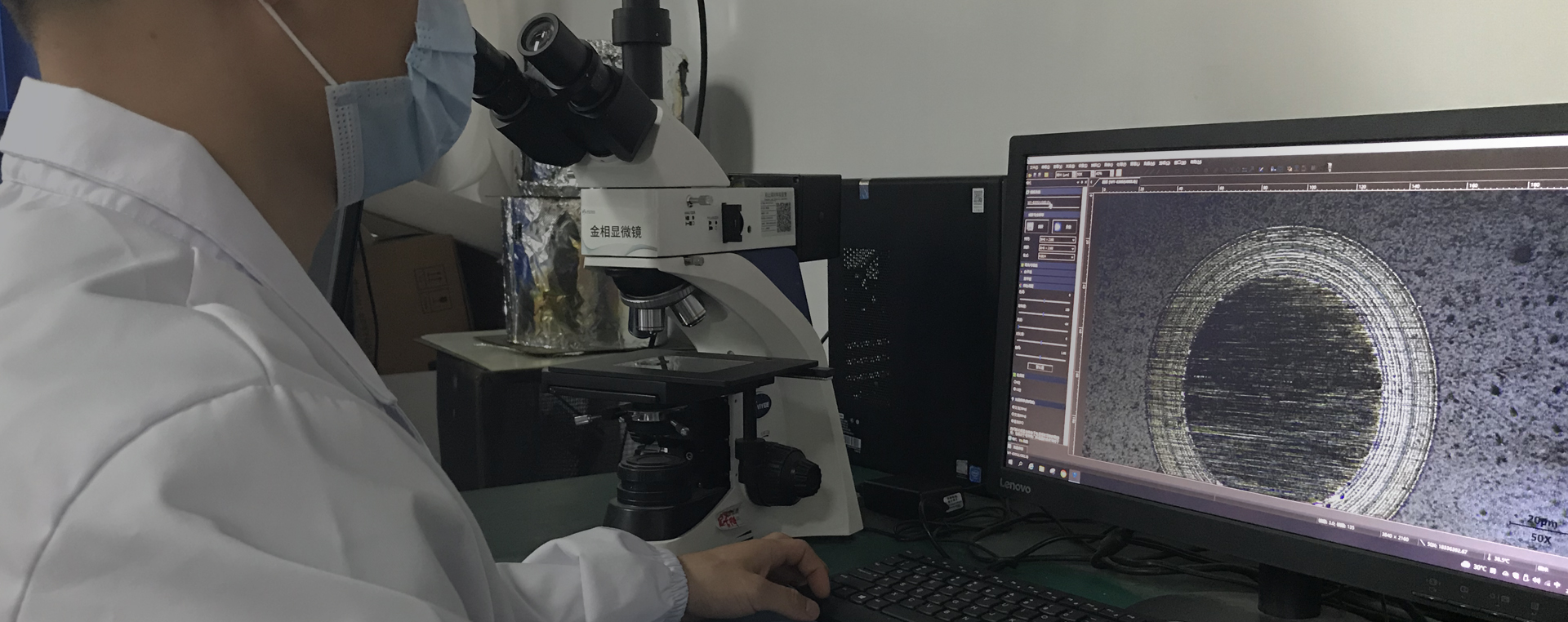What are the methods of vacuum coating?
(1) Vacuum evaporation: clean the substrate that needs to be coated and put it into the coating chamber. After vacuum, the membrane material is heated to a high temperature, so that the water vapor reaches about 13.3Pa, and the water vapor molecules fly to the surface of the substrate and condense into a film.
(2) cathode sputtering plating: put need coating substrate opposite the cathode, into the inert gas such as argon) need to indoor, to keep stress at around 1.33 ~ 13.3 Pa, then put the cathode pick in the 2000 v dc power supply, stimulate the glow discharge, positively charged argon ion impact cathode, injecting atoms, through the thin film sputtering atom, Formed against the substrate in an inert atmosphere.
(3) Chemical vapor deposition: the process of thermal decomposition of selected metal or organic compounds to obtain a deposited film.
(4) Ion plating: Ion plating is essentially the organic combination of vacuum evaporation plating and cathode sputtering plating, with two kinds of process characteristics. Table 6-9 lists the advantages and disadvantages of each coating mode.
 18922924269
18922924269
